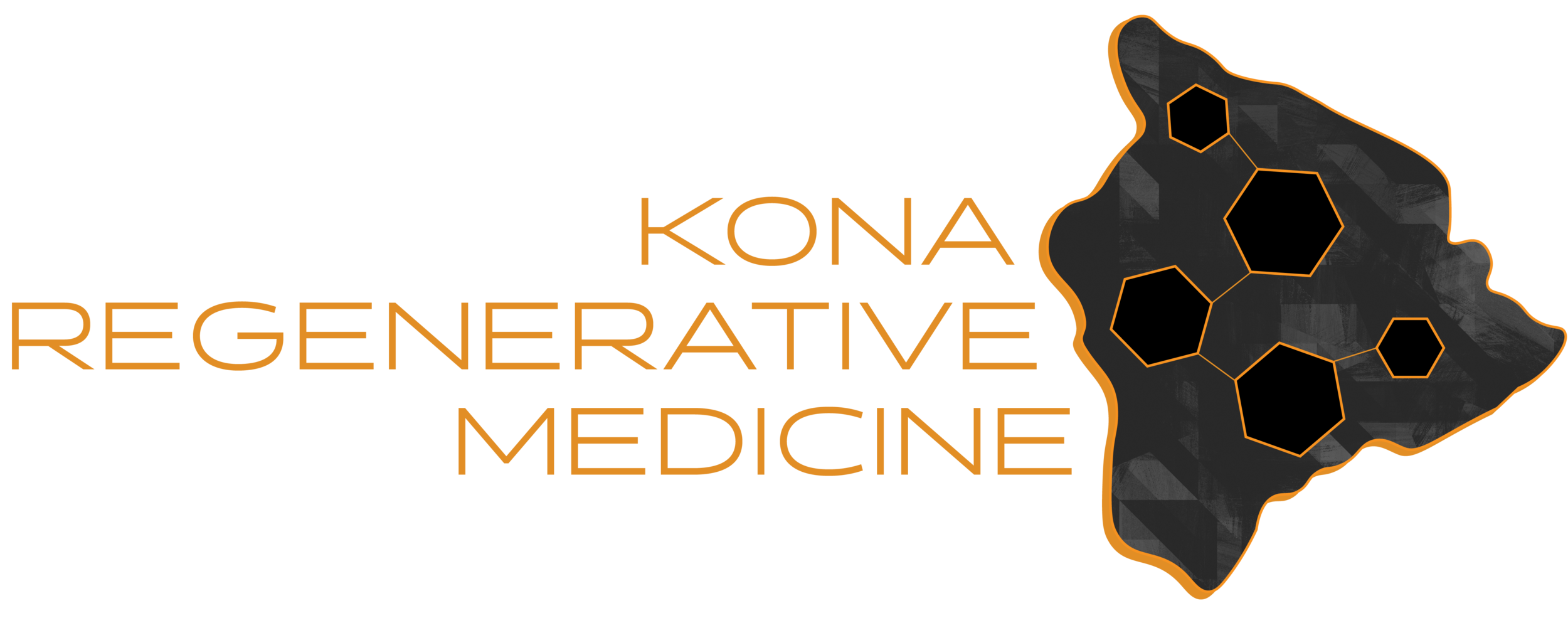WHERE DO STEM CELLS COME FROM?
The the bulk of mesenchymal stem cells (MSCs) live in our bone marrow and adipose tissue. These reservoirs contain millions of cells. We refer to these cell populations as autologous, if you are the donor. Autologous cells contain your unique DNA profile.
Allogeneic sourced MSC derived growth factors are harvested from umbilical cords, Wharton’s jelly and placental tissue. These donor tissues also contain robust sources of mesenchymal stem cells. When applicable, we utilize autologous & allogeneic rich sources of stem cells to ensure the highest quality and quantity of growth factors for the most effective treatment outcomes.
HOW DO STEM CELLS WORK?
We know through rigorous clinical research that mesenchymal stem cells secrete powerful extracellular vesicles (exosomes) that contain a wealth of information via growth factors, immune modulators, mRNA and microRNA. This biological information stimulates the self-healing cascade.
MSCs have the fascinating ability to recruit other stem cells to jump into action aiding in the healing process. Stem cells by nature are multipotent which means they can transform into other cells - muscle cells, ligament cells, cartilage cells etc. But contrary to the early research surrounding stem cells, their largest impact on tissue restoration and pain reduction comes from the coded biological signals they secrete in their exosomes.
WHAT IS AN ALLOGENEIC STEM CELL PRODUCT?
The biotech industry has expanded exponentially in recent years to offer various advanced stem cell products isolated from donated tissue sources like umbilical cords, Wharton’s jelly, placenta and cord blood. We provide these growth factor rich products for our patients who may not be healthy candidates for autologous tissue donation or for those who wish to avoid the tissue donation process altogether.
WHAT CONDITIONS CAN BE TREATED?
Musculoskeletal | Chronic Pain
Spine - low back pain, herniated disc, sciatic pain, facet capsulitis, neck pain
Pelvis - SI joint pain, sacroiliitis ligament laxity or damage
Hip - osteoarthritis, labral tear, ligament laxity or damage
Knee - osteoarthritis, meniscus injury, ligament damage (ACL, PCL, MCL, LCL), jumper’s knee, quadriceps tendonitis
Ankle - ligament sprain/damage
Foot - plantar fasciitis
Shoulder - rotator cuff tear, labrum tear, ligament damage, adhesive capsulitis, tendonitis, osteoarthritis
Elbow - tennis elbow (lateral epicondylitis), golfer’s elbow (medial epicondylitis)
Wrist - carpal tunnel syndrome, ligament damage
Aesthetic - Sexual optimization
*Note some of these conditions may not require stem cell therapy and can be treated with prolotherapy, Exosomes and/or PRP.

